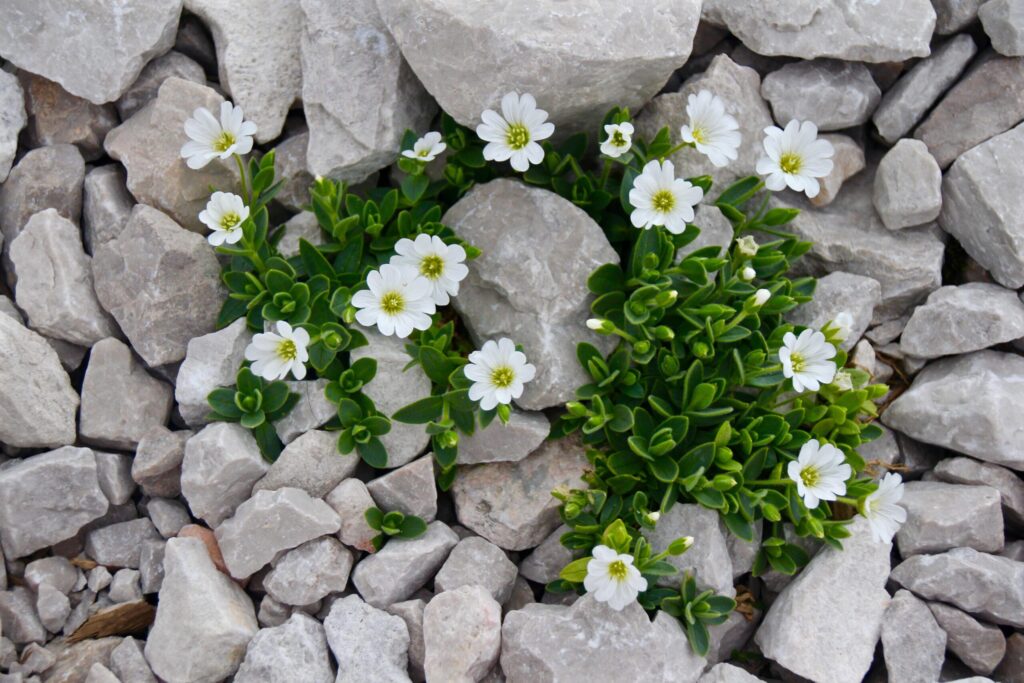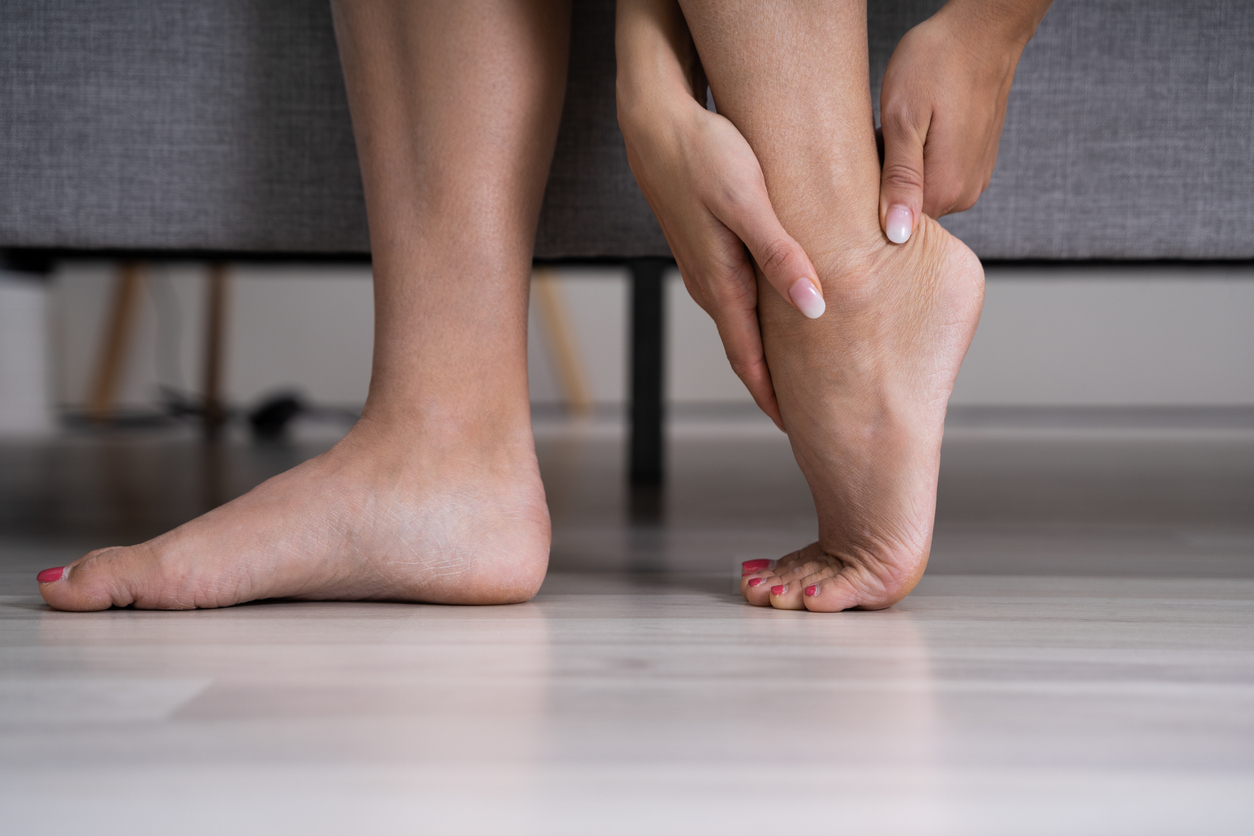Tendonitis or tendinitis is a painful condition in the muscle. It occurs when a tendon or connective tissue swells up due to injury.
The proper term for such swelling is called inflammation. Inflammation leads to redness, pain, and irritation.
Tendonitis mostly happens in the wrist, feet, heel, knee, shoulder, elbow, and in the ankle. It occurs due to physical activities or accidents. Some activities that may lead to tendonitis include skiing, tennis, cricket or football. (1)
Luckily tendonitis can be treated easily at home. Keep reading and learn how to use natural ingredients and practices for tendonitis home remedies.
In This Article You Will Learn:
- How to prevent tendonitis before it happens
- 14 home remedies for tendonitis
- When to go to the doctor
- Frequently asked questions and answers
How Can You Prevent Tendonitis Before it Happens?
There can be many ways in which you might get tendinitis. It is good if you take precautions to make sure you do not become a victim of tendonitis. For example:
- You should always stretch before working out or playing sports. It loosens the tendons reducing the chance of tendonitis.
- If you know that you have arthritis, then you should take it easy. Try not to work out the part of your body that is affected by arthritis.
- Tendonitis can happen from an animal bite. You should be careful around animals.
- Your tendons deteriorate over time. When you are over the age of 40, it is time to slow it down.
- Tendonitis is common among weekend exercise fanatics. It is better out to spread out the physical activity equally throughout the week.
- Try to use less force in doing things and don’t repeat actions that take a lot of effort. (2)
RELATED: 7 Best Essential Oils for Parkinson’s Disease
14 Home Remedies for Tendonitis Relief
1. Rest
Rest for your body is the most natural and healthy treatment there is. It is important to rest as it gives the body time to heal. Don’t move the affected area too much. Rest will aid in a slow and healthy recovery. (3)
2. Putting Ice on It
Ice is good for tendonitis. It reduces the swelling in the problematic area. Ice can also help with the pain. When you are applying ice, cover it with a cloth. Direct exposure to ice leads to ice burns. You can use frozen packages from the deep freezer instead of Ice. (4)
3. Elevating Affected Area
A proper home remedy for tendonitis is simple elevation. Lie down then lift the swollen area above the heart level. If you have tendonitis on a body part, then you can raise it using a few pillows. (5)
4. A Gradual Increase of Effort
You should never increase effort drastically while doing something. It increases the chance of tendonitis or worsens pre-existing swelling.
You should always start off with little effort and then gradually increase force slightly every day. There is no reason to do it all at once.
5. Compressing Swollen Area
Wrapping the swollen area will help with the healing process? You can use cloth for this. Remember that the compression should be slight, or it will backfire. Do not wrap tightly. If you compress too much, then your tendonitis can get worse. Wrap lightly for good results. (6)
6. Homemade Brace or Sling
Braces or slings ensure the proper compression and rest that is needed to heal tendonitis. The brace or sling will reduce the swelling and movement leading to healthy healing. You can make braces or slings using cloth, but you can also get it from a quick trip to the doctor. (7)
7. Regular Warm Up and Stretch
Every day we have to do a lot of hard work. Your body must be prepared to handle the workload you have assigned it. Stretching and regular warm-ups will help loosen the body. Stretched out and relaxed tendons are less likely to be injured. (8)
RELATED: 7 Effective Essential Oils for Bunions Pain (with Recipe)
8. Using Epsom Salt
Epsom salt reduces pain as it contains magnesium sulfate. It is suitable for baths. Soaking the injured area in Epsom salt for fifteen minutes a day will help with your tendonitis. Mix the salt in your tub. Two cups of salt in your bath every day will give you good results.
9. Applying Olive Oil
Olive oil is perfect for inflammation. It has a compound in it called oleocanthal that suppresses inflammatory enzymes. You should use olive oil on the affected area twice a day. (9)
10. Chickweed Paste or Tea
Chickweed is rich in vitamins and nutrients that help reduce inflammation and pain. It also helps in regaining mobility in the future. You can drink it in your tea or make a paste with it to apply on the affected area. (10)
Two spoons of chickweed are enough for tea. If you are using paste, then keep it for a few minutes then wash it off using warm water.
11. Sage Leaves
Sage leaves help to heal tendonitis. It is useful for curing pain and inflammation. Crush the leaves then boil them in half a cup of apple cider vinegar. Let it simmer for ten minutes. Soak some cotton in the solution then apply it to your affected area for ten minutes.
Sage leaf and apple cider vinegar for tendonitis treatment should work well. You can also make tea with sage leaves. Two cups a day is healthy. Either way, Sage leaves should relieve pain.
12. Asparagus
Asparagus helps to flush out fluid. It helps reduce pain and swelling. You should eat it fresh for best results.
13. Carbonated Water Soak
You can soak your tendonitis affected area in carbonated water to reduce pain and swelling. Fifteen minutes of soaking a day should do the trick.
14. Anti-Inflammatory Diet
A clean anti-inflammatory diet is good for people with tendonitis. The menu consists of the following: (11)
- Green vegetables
- High-quality clean protein
- Berries
- High potassium and magnesium foods
- Bone Broth
RELATED: 13 Essential Oils for Inflammation & How to Use Them
When To Go To The Doctor?
- If you have been facing pain for a very long time and the home remedies for tendonitis are not working
- If you have a high fever
- If pain spreads to other areas
- If the affected area is difficult to move around
You can quickly get supplements for tendonitis repair from the doctor. The doctor will know what to do with your specific condition.
Frequently Asked Questions and Answers
Question: Are the home remedies for tendonitis of the wrist different from tendonitis of the foot?
Answer: The remedy for tendonitis does not vary from one part to another part. The home treatments focus on lowering the swelling and the pain in general.
Question: Is tendonitis severe?
Answer: In most cases, tendonitis is not severe and will go away after a month with proper home remedies. If it is not getting well, then you should go to the doctor. The worst case scenario is surgery.
Questions: How long will home treatment take?
Answer: It takes a month or so to cure tendonitis.
Questions: How can I prevent tendonitis from happening again?
Answer: stretching every morning before hard work, Refraining from the repetitive strenuous act and being careful in general should work.
Questions: Can I eat things outside the anti-inflammatory diet?
Answer: Yes you can eat things other than the recommended diet sometimes in reasonable amounts.
Question: How long do I have to rest?
Answer: A few weeks to up to a month covers it. If it takes longer for the pain to go away, then you might need to check with the doctor.
Question: What is the best remedy out of all of these listed cures?
Answer: The home remedies for tendonitis are all good. They work to decrease the swelling and pain. You can pick your favorite one. Make sure that you are eating, drinking and resting well along with the course of action that the remedy dictates.
RELATED: 7 Best Essential oils for Parkinson’s Disease
Bottom Line
Tendonitis treatment with natural ingredients and practices will need you about a month to heal fully. The best thing to do is to follow precautions so that you are not a victim of pain and swelling.
Warm up before working out or playing. If you already have tendonitis then adopt any of the home remedies for tendonitis listed in this article. Eat well and rest above all.
Olive oil, asparagus, chickweed, sage leaves and carbonated water are all reasonable remedies for tendonitis symptoms. They will help you deal with the pain and swelling.
Finally, if none of the listed treatments are working for you, then you should go to a doctor.
READ NEXT: 10 Useful Essential Oils for Arthritis and How To Use Them





